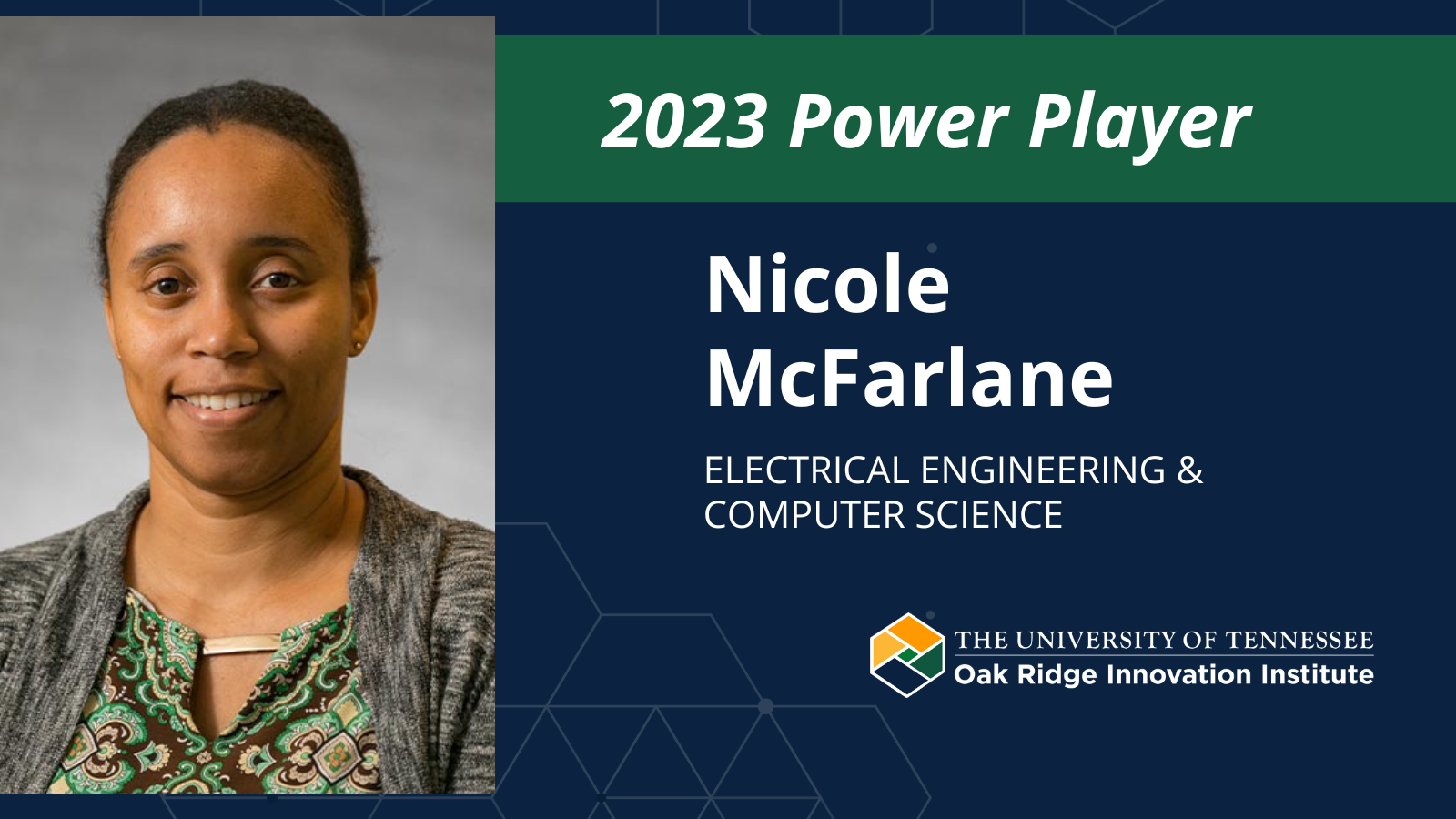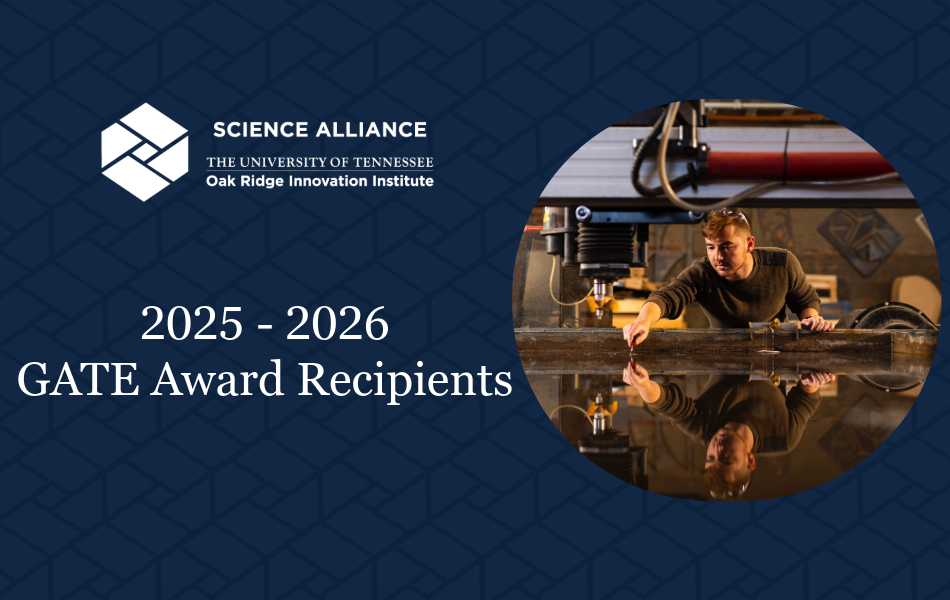Imagine if cells and computers could talk.
That might allow doctors to implant patients with a single programmed cell capable of measuring health data, such as blood sugar or hormone levels, and communicating those results in real-time. With no delay for tests or lab work, intervention could be immediate.
Nicole McFarlane, an associate professor of electrical engineering in the Min H. Kao Department of Electrical Engineering and Computer Science, is working on a Program for Advancing Collaborative Teams (PACT) program called “Towards Hybrid Biomicroelectronic Systems” that melds electronics and biology to create biological or environmental sensors that can measure, transmit, and receive information.
“The things that electronics give you is the ability to communicate with the rest of the digital world,” McFarlane said.
Biologist provides the precision: “Biology is way more efficient than anything electronic, so we’re trying to harness the power of biology” by modifying cells so that they can monitor for specific stimuli, communicate information, and receive direction.
“Instead of replicating biology, we want to use it—and talk to it.”
McFarlane is working with other scientists to devise this multi-layered technology.
“I am a circuit designer, not a biologist,” she said.
Her collaborators include Steven Ripp, a research professor in the UT-ORII Genome Science and Technology program, who is creating cells that communicate via bioluminescence; and Staff Scientist Nickolay Lavrik and Distinguished Research Staff Scientist Scott Retterer, both with ORNL’s Center for Nanophase Materials Science, who are working on nano-size electrodes that will provide the interface between the cells and the electronic circuits that McFarlane is designing.
First, the team is focusing on the science—creating cells that emit light when they encounter a certain stimulus (they’re starting with a thyroid hormone) and outfitting the cells with circuits and electrodes to communicate that information to computers.
After that, the work will expand to other stimuli. And once the science is in place, they’ll focus on wearable and implantable applications.
McFarlane said the team will try to secure external funding from the Department of Defense because military uses are possible and likely to come first. Medical applications, because they require extensive clinical trials and FDA approvals, are likely to take longer.
McFarlane was raised in Trinidad and came to America to attend college. She has a doctorate from the University of Maryland, College Park, and bachelor’s and master’s degrees from Howard University. She has been on the faculty at UT since 2010.




